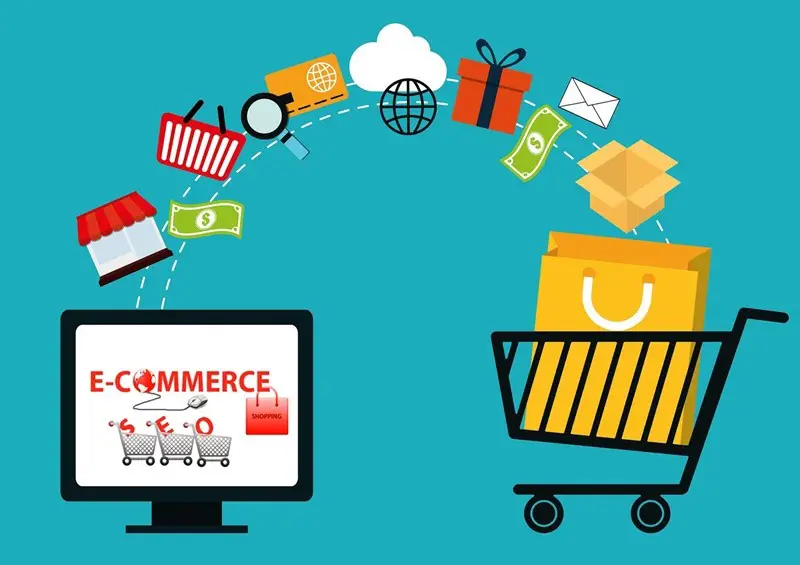Digital Asset Management Software (DAM) is becoming increasingly popular for marketing and project managers around the world. As technology continues to drive business, we are all incurring huge numbers of digital assets such as images, photos, videos, documents, and other creative files.
DAM offers a solution to the uploading, organization, managing, sharing, storage, and tracking of these digital assets all in one platform. The result of using DAM in businesses that process and use huge quantities of digital assets has been phenomenal.
Here are the top 6 benefits of digital asset management software and why you should consider choosing a DAM for your own business.
1. Centralize Digital Assets
Photo by Maksym Kaharlytskyi on Unsplash
One of the biggest challenges for businesses that use a lot of digital assets is the organization and storage of the assets. When using physical storage, email, and other communication software it’s easy to lose track of your files.
DAM solves this issue by allowing employees to store all their files in one simple and easy to use platform. Digital assets can be uploaded, tagged, and stored so that anyone can find, access and share the files at the click of a button. This can significantly help teams to become more efficient and avoid any issues of using the incorrect files.
DAM’s come with incredible search functions that allow you to sift through millions of files using keywords so you can find what you need in just seconds. It’s also incredibly useful for ensuring that your team and key stakeholders are always viewing the latest version of each file.
By centralizing your digital assets, everyone involved in your project can benefit from saving huge amounts of time that would usually be spent searching through various different software and applications looking for the correct files. No more hours of wasted time looking for the email that contains the file you are looking for or the latest feedback from clients or managers.
2. Automate Repetitive Tasks
Photo by Patrick Amoy on Unsplash
One of the biggest strains to a business’s productivity is the time needed to complete mundane data entry tasks. Tagging photos with keywords is a great example of where a powerful DAM can significantly reduce people’s workload.
Some DAM’s include AI systems that can automatically scan your photos and apply the keywords for you. For example, if you have a photo of a family enjoying Chrismas dinner the AI will automatically add keywords such as “family”, “Christmas”, “dinner”, “holidays”, “events”, “sharing”, “celebration” and so on.
So when it comes to your team looking for appropriate photos for their latest project they can use the built-in search function to find appropriate photos to use in a matter of minutes.
Other automated tasks include work schedule, calendar management, sharing of files, and update notifications on projects. This allows your team to become super-efficient and stay on track with each project minus the heavy data entry work.
3. Data Asset Analytics
Photo by Lukas Blazek on Unsplash
DAM’s allow you and your team the ability to track the full life-cycle of a particular data asset. This is can then be presented in a useful chart or diagram giving you invaluable insight into the history of the digital asset.
Teams can use this information to understand how different digital assets perform within their company. For example, if you work with a lot of creative designs you can see the time it took from concept to publishing. You can then discover trends for different types of designs to see how productive your team is with each one.
The more analytics available about a digital asset the better you can manage future projects allowing you to find ways to shorten the life-cycle, come up with ideas to increase productivity within your team and understand how quickly your client approvals come.
Some DAM’s offer analytics that continues to overlook your assets once published checking the number of views, clicks, interactions, issues with code, and even analyze the amount of bot traffic.
Using all the information gathered you can successfully streamline your operations making yourself more competitive.
4. Easy Integration
Photo by Daniel Romero on Unsplash
DAM’s are built to integrate with all your other favorite pieces of software, applications, and add-ons. This means you can control everything in your project all from one place instead of jumping between multiple platforms.
For example, the concept of a new design can be created within the software using mockup software, it can be edited in Adobe suite, reviewed with a sharing tool, and even published to all your social media platforms. All this can be done within one piece of DAM.
The ability to manage all aspects of your digital assets saves enormous amounts of time, makes your team far more productive and gets your work to market quicker. You can utilize Adobe Suite, Google Suite, Slack, Contently and many more without ever having to leave your DAM.
5. Anytime, Anywhere from Any Device
Photo by 7shifts on Unsplash
DAM can help your global team of employees feel like they are all working in one office. The centralization fo your digital assets using a DAM means your team and stakeholders can access the content they need in just a click of a button from anywhere in the world. A DAM can support access from any device too meaning your team can take their work on the go, edit, manage and share files no matter where they are.
For example, if one of your key personnel is on holiday and you need access to the content they have created. You can access it from anywhere in the world, see the current status, latest version, previous comments, any feedback plus any outstanding tasks on that particular project.
All of this allows your business to run smoothly, efficiently, productively and most importantly makes you ultra-flexible and quick to respond. You can even give your external partners and clients unique access controls so they too can log into your DAM and check out any projects they are working on with you.
6. Consistency
Photo by Kristian Egelund on Unsplash
When you bring all your work into one centralized platform you can start to ensure that all your content, projects, files, workflows, and schedules are consistent with your company branding and image.
This not only helps to improve your company image allowing you to look and act more professional but it also helps with the future training of employees and external partners. This allows for a more seamless workflow throughout the company all while maintaining your unique branding.



